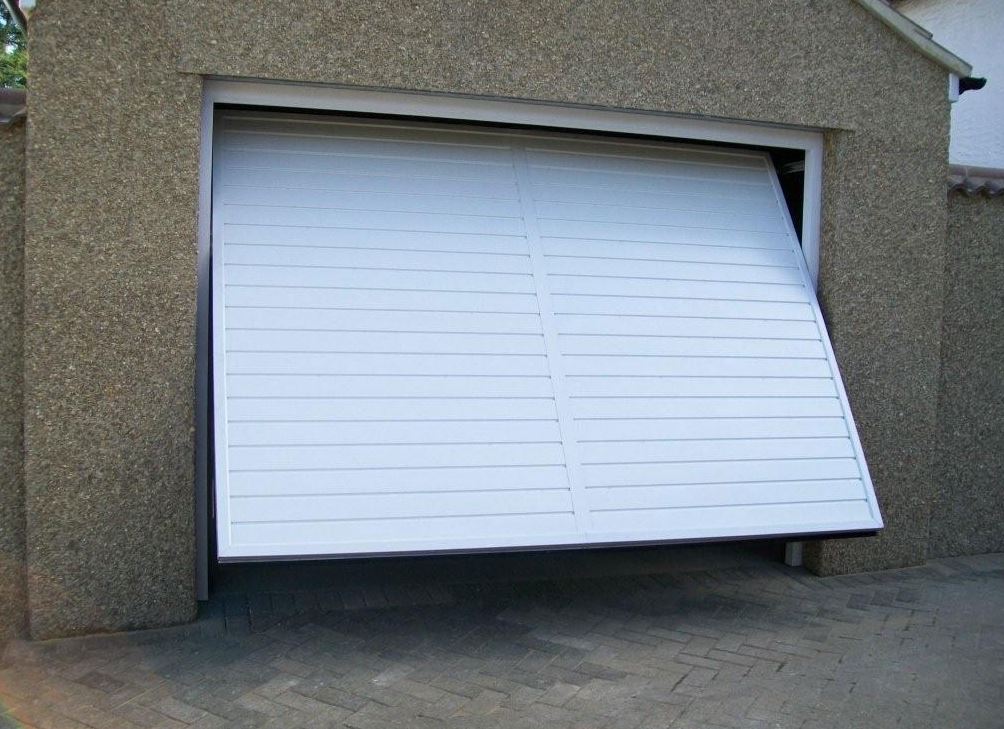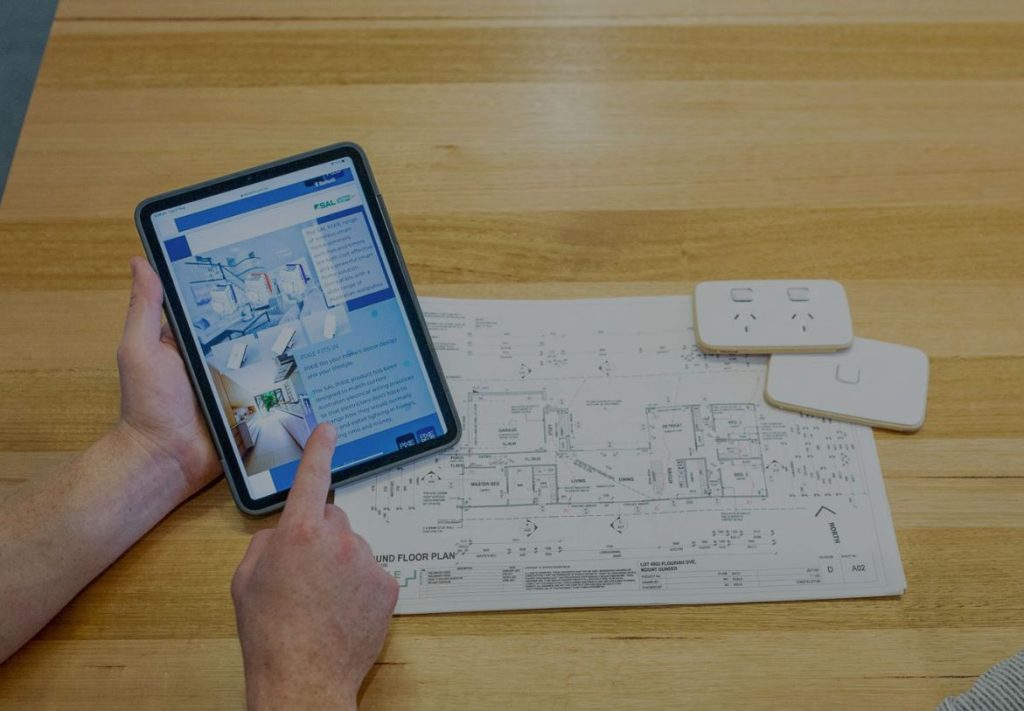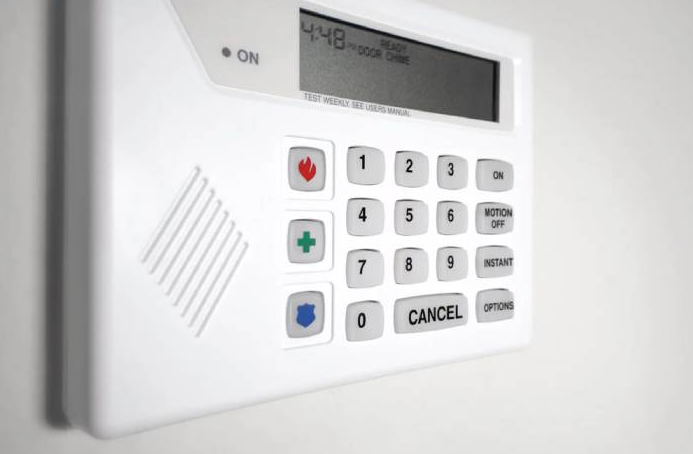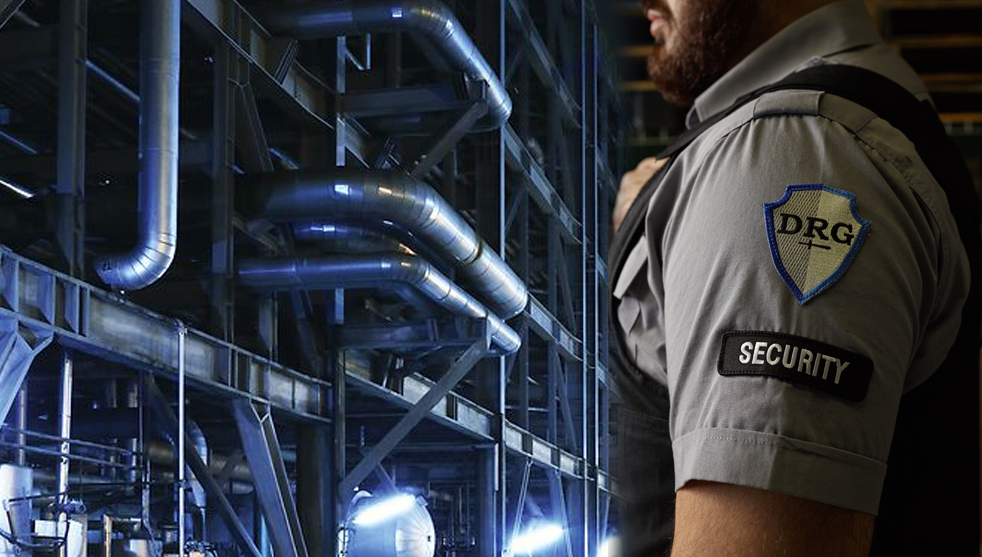The Essential Guide to Garage Door Security: Protecting Your Home and Family
We often pay careful attention to the doors, windows, and other obvious entry points in our quest to secure our homes. But have you ever paused to consider the security of your garage door? It’s an integral part of your home security system, acting as a shield between your family and potential intruders. Despite this, it’s often overlooked, leaving a significant vulnerability in our homes’ defensive setups.
Garage doors, often the largest moving component of a house, are enticing to burglars due to their potential ease of access if not properly secured and maintained. This blog post aims to underscore the importance of garage door security and the steps you can take to ensure that your garage door is not a weak link in your home’s security.

From understanding the basics of garage door maintenance and repairs to adopting advanced security measures and fostering the right security habits among your family members, we’ll guide you through everything you need to know to enhance your garage door security. Read on to explore various methods and practices to make your home safer for you and your family.
Understanding Garage Door Security
Understanding the nuances of garage door security is essential to ensure your home and loved ones are safe. Garage door security encompasses measures to protect your garage door from unauthorized access, from routine maintenance to technological upgrades. But why is this critical?
Garage doors can become prime targets for burglars due to the potential for security oversights and their often direct access to your home. Common security breaches include:
- Exploiting outdated garage door openers.
- Physical attacks on weak door materials.
- Even using simple coat hangers to disengage the emergency release.
These breaches can have substantial consequences. Besides potentially losing valuable stored items, burglars can use the garage as a concealed entry point into your home, endangering your family and personal belongings. Also, once inside, a closed garage door can provide criminals ample time to bypass internal doors.
The Basics of Garage Door Maintenance and Repairs
Regular upkeep plays a pivotal role in keeping your garage door secure. Over time, door hardware can loosen due to the door’s motion, potentially leading to structural weaknesses that can be exploited. Therefore, it’s important to periodically check and tighten all brackets, bolts, and other hardware.
Testing the balance and alignment of your garage door is also crucial. An unbalanced door stresses the opener and could fail prematurely, leaving your garage vulnerable. You can check this by manually operating the door and observing any resistance or imbalance.
Inspecting and replacing the rollers, whether steel or nylon, should be done every few years or sooner if they appear worn or chipped. Lubricating moving parts, such as the overhead springs, can help keep the door operation smooth and quiet, preventing unnecessary strain. Additionally, ensure the tracks on either side of the door are clear of debris to avoid disruptions in the door’s operation.
While some maintenance tasks can be DIY, professional repairs play a significant role in garage door security. Certain tasks, such as spring replacement, can be dangerous due to the high tension in the parts, posing a risk of serious injury. Hiring professionals also ensures a quality job, as they have the knowledge, experience, and appropriate tools. Consider their reputation, certifications, and insurance coverage when choosing a service. Visit the website to learn more about a reputable company, Garage Door Repair Perth.
Advanced Garage Door Security Measures
Advanced garage door security measures offer another layer of protection. Modern garage door openers, for example, utilize rolling code technology. This feature changes the door’s access code after each operation, making it difficult for thieves to capture and reuse it.
Smart garage door openers are another valuable upgrade. These systems offer remote operation, real-time alerts, and integration with other smart home devices, providing increased security and convenience.
Physical enhancements can further fortify your garage door. Install locks for an added layer of security, especially if you’re away for extended periods. Reinforcement brackets can strengthen the door’s integrity, making it harder to break in. Security cameras and motion sensor lights are powerful deterrents, making potential burglars think twice.
Integrating your garage door security with your home security system provides comprehensive protection. Many security systems offer modules for garage doors, including monitoring services that alert you in case of breaches.
The Human Element of Garage Door Security
The human element of garage door security is equally critical. Regular security audits—checking for weaknesses and areas of potential improvement—can help ensure that your security measures remain effective. Educate your family members, especially children, about the importance of garage door security, such as not sharing the access codes and ensuring the door is closed when not in use.

In summary, garage door …
Read More →




















